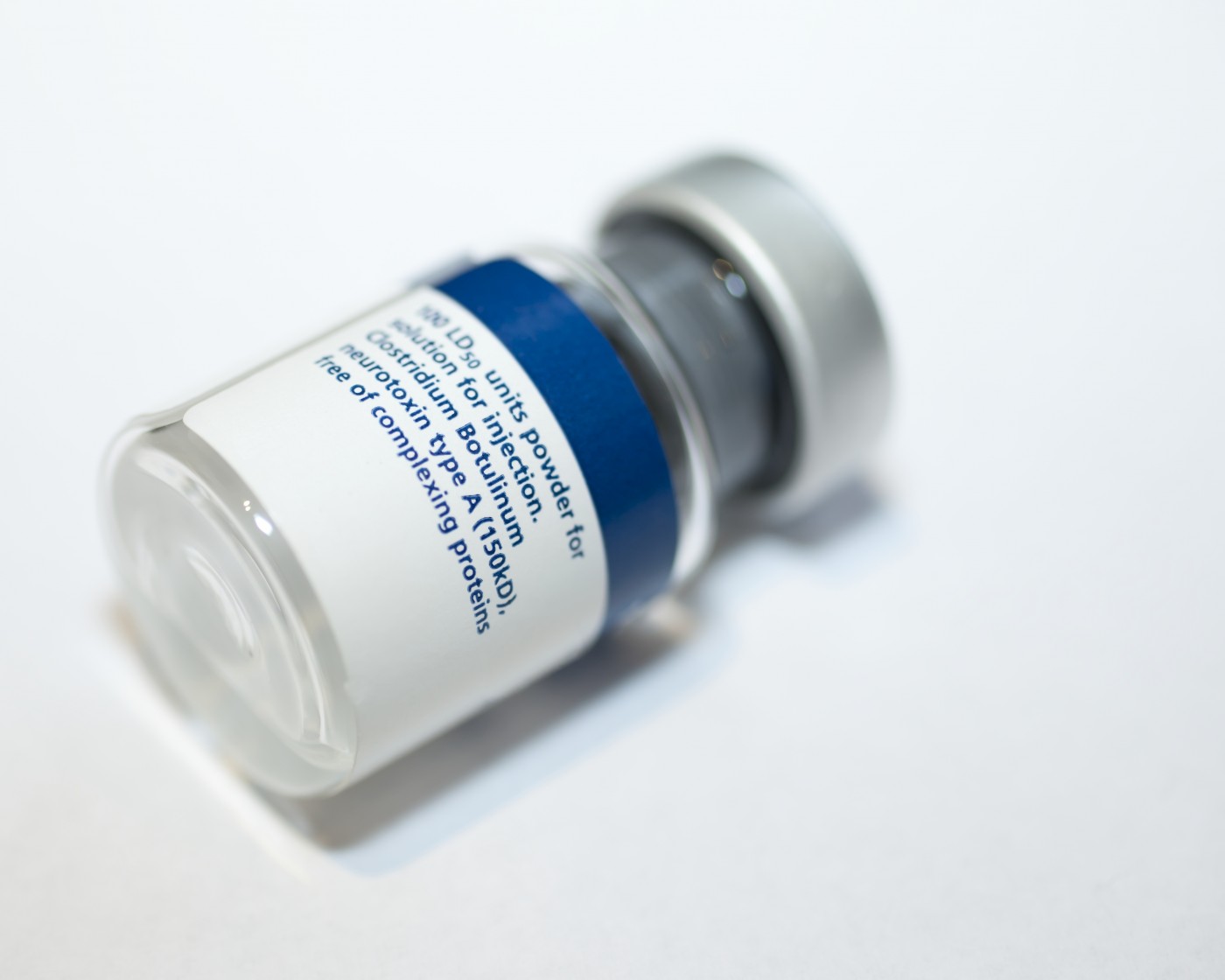Electrical Stimulation Doesn’t Make Botulinum Toxin More Effective or Longer Lasting, Study Says

Adding electrical stimulation to an injection of botulinum toxin doesn’t produce an added benefit in children with cerebral palsy, a new study suggests.
The study, “Effectiveness of electrical stimulation after administration of botulinum toxin in children with spastic diplegic cerebral palsy: A prospective, randomized clinical study,” was published in the Turkish Journal of Physical Medicine and Rehabilitation.
Botulinum toxin injection is one of the most effective treatments for spasticity that is currently available. But the effects of one injection usually only last a few months, meaning repeated injections are often necessary to achieve a sustained benefit.
The more often a person is injected with botulinum toxin, the more likely that person is to develop antibodies against it, making subsequent injections less effective. Multiple injections are also invasive and cost more, which can be burdensome for patients and their families.
Researchers are looking for ways to make the effect of one injection last longer, so fewer injections are needed. One idea that has been proposed is to deliver a small amount of electricity to the affected muscle, since electrical stimulation can reduce muscle spasticity.
To test this idea, researchers in Turkey recruited 38 children (19 males, 19 females; average age of 6.3) who had spastic diplegic cerebral palsy (SDCP), a type of cerebral palsy where the legs are primarily affected. All received a standard botulinum toxin injection in the muscles of their calves; half of the children also received electrical stimulation of these muscles.
In both groups, spasticity decreased and motor function improved at two weeks and three months after the injection across a variety of measurement types (i.e., using the Gross Motor Function Classification System or the Modified Ashworth Scale). However, no statistically significant differences were evident between the two groups (with or without electrical stimulation) in any of the measurements assessed at any of the time points when data was collected.
The researchers concluded that botulinum toxin injection with or without electrical stimulation could be beneficial for children with spastic diplegic cerebral palsy. However, “there is no additional benefit of electrical stimulation to the gastrocnemius [calf] muscle following the [botulinum toxin] injection for children with [spastic diplegic cerebral palsy],” they wrote.
Since this study is fairly small and specific, the researchers noted that further research is needed. “We recommend further studies with a larger sample size with different patient groups and different doses of electrical stimulation and botulinum toxin to eliminate the controversy in the literature and to provide further insight into this area of study,” they concluded.


